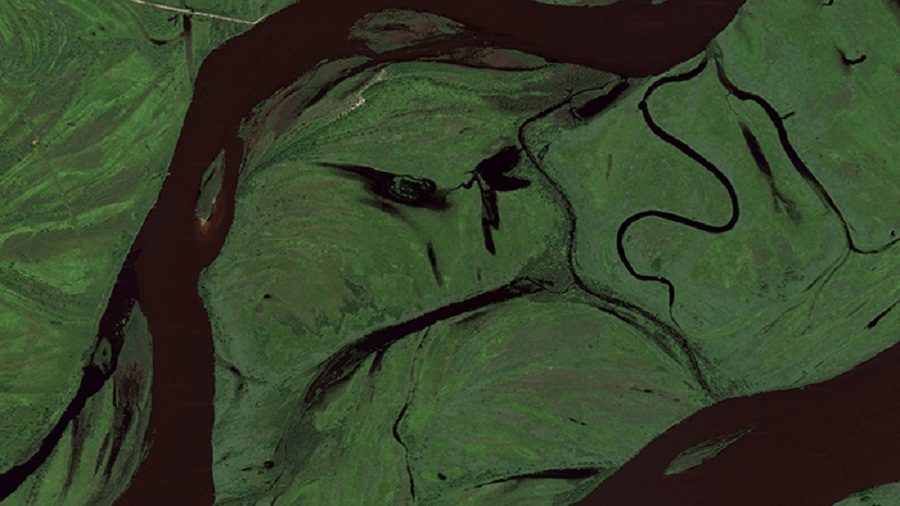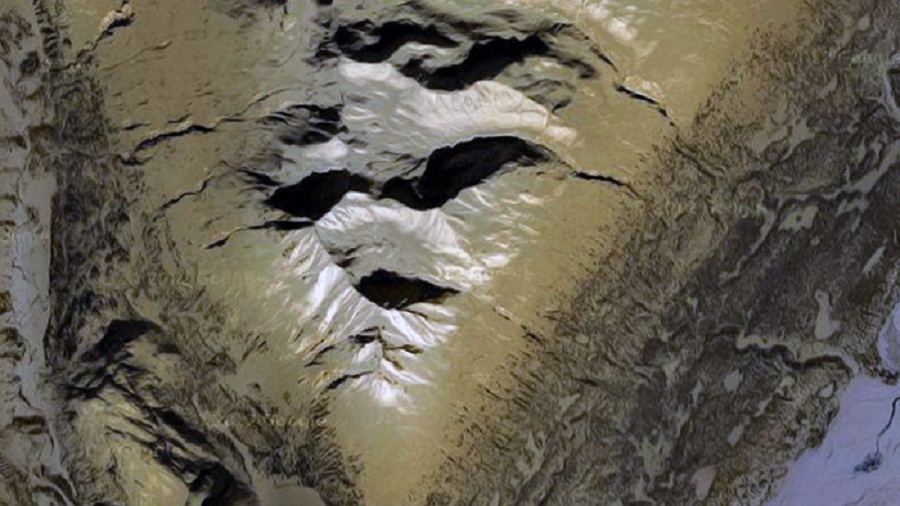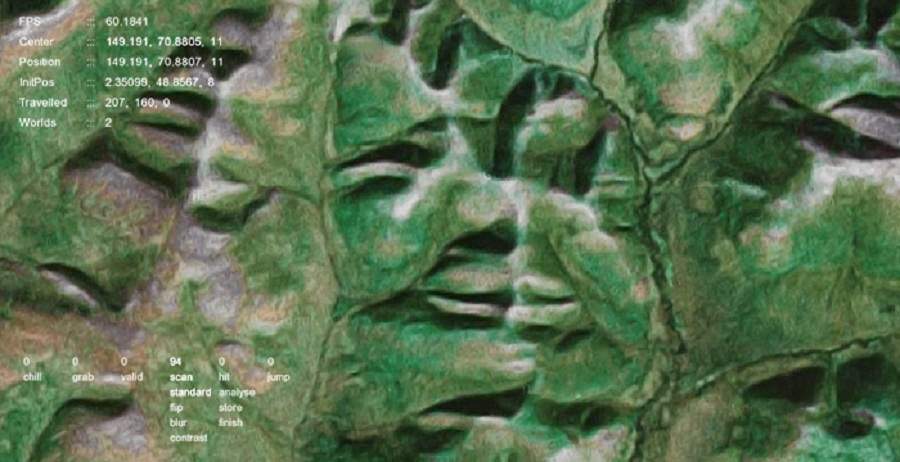Google Faces Finds Smileys on the Earth’s Surface
It's human to see faces everywhere; now it's an algorithm, too.
If you've seen a man in the moon, the Virgin Mary in a grilled cheese sandwich or a monkey in the callus of a tree, do you know there's a word for what you've been experiencing? It's 'pareidolia', which the Collins Dictionary defines as "the imagined perception of a pattern or meaning where it does not actually exist". In his notebooks, Leonardo da Vinci wrote that the phenomenon inspired great art: "If you look at any walls spotted with various stains or with a mixture of different kinds of stones ... you will be able to see an infinite number of things which you can then reduce into separate and well-conceived forms."
Google is now taking pareidolia to a whole new level. Combining facial recognition software and Google Maps, Google Faces can identify human features on the Earth's surface. Given that the aforementioned cheese sandwich sold for $US28,000, we can only begin to imagine what the discovery of Jesus's visage in someone's backyard might do for property values.

Google Faces is the brainchild of Onformative, 'a studio for regenerative design', based in Berlin. They have created an algorithm that, in combination with Facetracker, scans the satellite images provided by Google Maps, honing in on geographical elements that resemble an eye, nose, mouth or forehead. So far, the programme has circumnavigated the world twice, and it'll continue its journey over the next few months, gradually zooming in on the Earth to access new perspectives.

Via io9.





